Text
"During an archaeological dig in a desert area north of Jerusalem 40 years ago, a seed was discovered which was determined to be in pristine condition but had obviously seen many a year.
Now, despite falling from its parent 1,000 years ago, it has grown into a mature tree, and botanists examining it believe it may be an extinct species that was used for medicinal purposes for thousands of years—even receiving a nod in the Bible.
Neither Israeli botanists, nor Dr. Sarah Sallon, a physician who founded the Louis L. Borick Natural Medicine Research Center at Hadassah University Medical Center in Jerusalem, could determine what species it was from simply from the seed covering. So they did what nature intended—they planted it.
Using a well-documented technique that saw 2,000-year-old date palm fruit pits germinate, Dr. Sallon soaked the seed in hormones, liquid fertilizer, and water, and then planted it in a pot of sterile seed; then waited.
Despite its genetic code being exposed to environmental stressors for over 1,000 years, the seed sprouted after 5 weeks. The shoot was protected by a caplike feature called an operculum. As the shoot grew, the operculum was shed—leaving something for the team to radiocarbon date. It narrowed down the age of the almost 10-centuries-old seed to between the years 993 an 1202.
Fast forward 14 years and the plant has become a 10-foot-tall tree. Dr. Sallon shared images of the tree, its bark, and its leaves with botanists around the world. One expert suggested it belonged to the genus Commiphora, found across the Arabian Peninsula and parts of Africa. A genetic analysis subsequently revealed this was the case, but a perfect match was lacking.
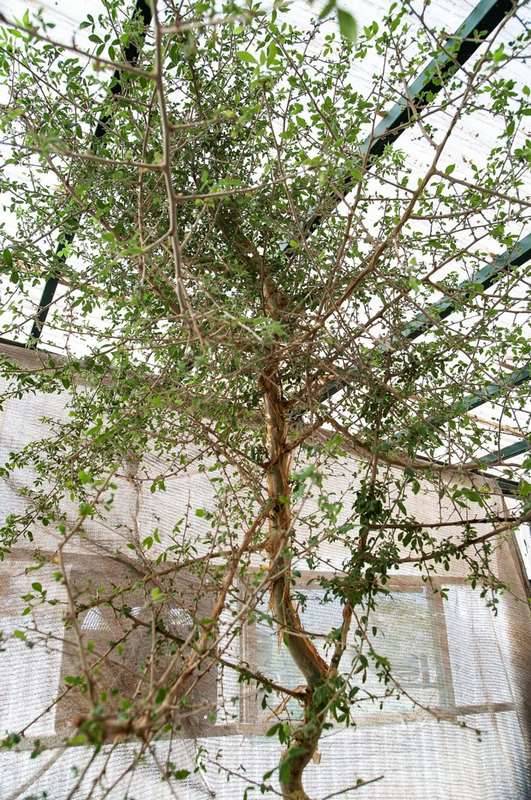
Pictured: The tree, now 14 years old.
Dr. Sallon and her team thought it was an extinct species known from history as Judean Balsam, but the best way to confirm that suspicion would be to have some aromatic traces similar to the resins of the myrrh tree to which it is related. However, no such fragrant compounds were detected.
Instead, the chemical analysis of the leaves identified a group of phytochemicals known as guggulterols which have been observed in a related species called Commiphora wightii that’s known to possess certain cancer-fighting properties in its resin.
A medicinal balm, the origin of which is not known, is mentioned in multiple historical texts including the Bible as ‘tsori,’ and rather than the fragrant Judean Balsam, it’s this tsori that Dr. Sallon and her team believe they have found.
They must wait until the tree, now 14 years old, produces flower or fruit to know for sure if it’s an extinct species, and if so, how to perhaps keep it alive.
Dr. Louise Colville, senior research leader in seed and stress biology at Royal Botanic Gardens, Kew, in London who wasn’t involved in the research, told CNN that it was a major accomplishment to grow a seed that old and possibly lead to a resurrection of this Biblical botanical.
“What’s surprising in this story is it was just a single seed and to be able to have one chance for that to germinate is extremely lucky,” she said.
“Working in a seed bank, seeing the potential for that extreme longevity gives us hope that banking and storing seeds that some at least will survive for very long periods of time.”"
-via Good News Network, October 8, 2024
--
Note: This is such a good demonstration of why seed banks are so important!! They give us such real and massive hope for deextinction and the revival of endangered species.
#botany#plant biology#endangered species#extinct species#deextinction#ancient medicine#jerusalem#biblical#medicinal plants#seeds#seed bank#good news#hope#paleobotany
7K notes
·
View notes
Text
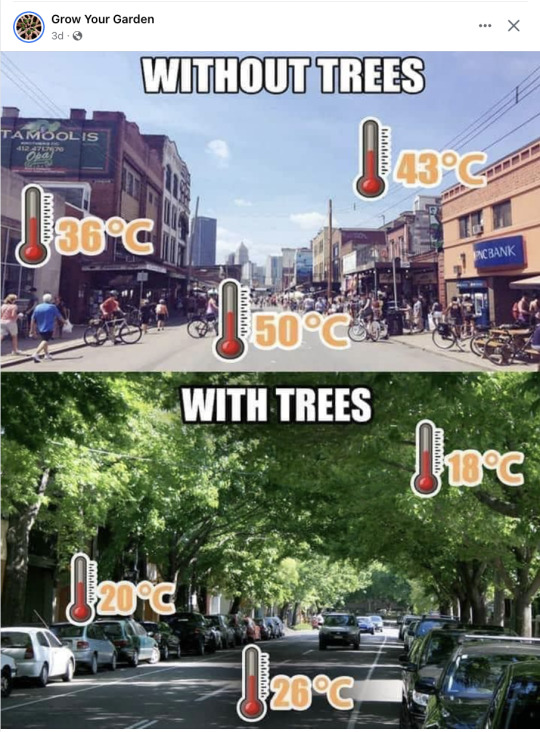
“It is not so much for its beauty that the forest makes a claim upon men’s hearts, as for that subtle something, that quality of air that emanation from old trees, that so wonderfully changes and renews a weary spirit.”
― Robert Louis Stevenson
Source: Grow Your Garden Instagram page
#katia plant scientist#botany#plant biology#plant science#plants#trees#plants make people happy#sustainability#ecological#solarpunk#intersectional environmentalism#environmentalism
28K notes
·
View notes
Text

#i didnt make this credit to my friend ubro for making the funniest shit alive#they gave me permission to post#ophioglossum reticulatum#biology#meme#botany#i think#ferns#plant biology#plant genetics#dude these guys are so fucked up#acamemeia
1K notes
·
View notes
Text
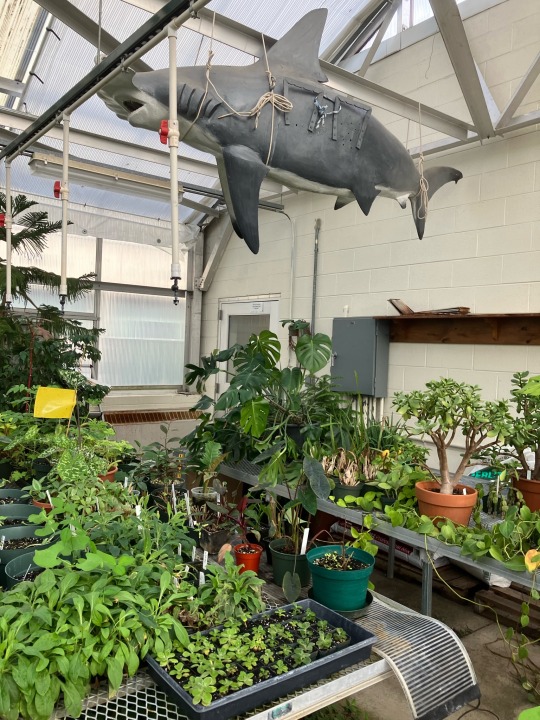
what are you talking about of course theres a shark in the greenhouse
2K notes
·
View notes
Text
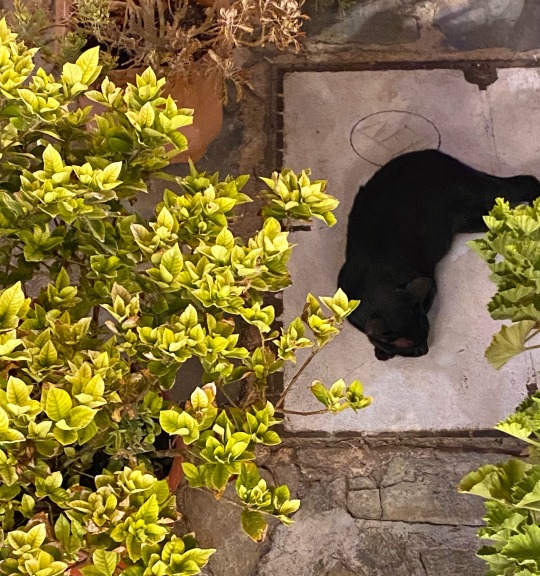

Research and reading papers is quite tedious but necessary✨
Learning about what you like is such a nice feeling though🌱
#student life#study blog#studyblr#exam season#study motivation#studying#studyspo#exams#study notes#university#biology#lab life#science#research#plant science#plant biology
136 notes
·
View notes
Text
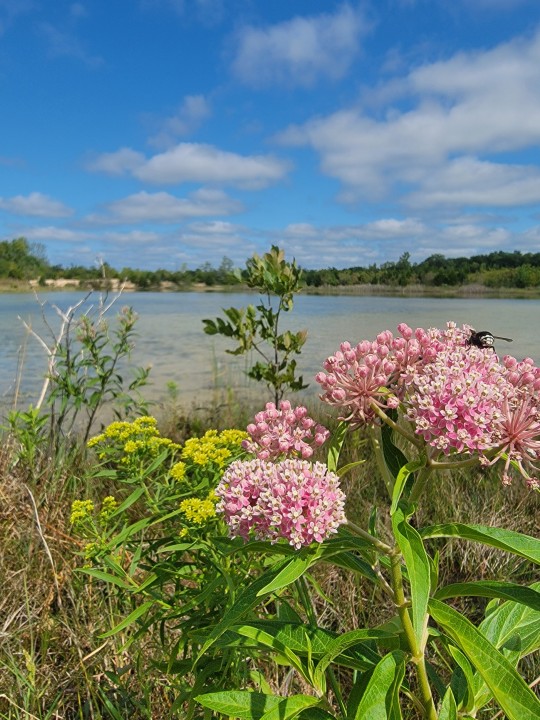
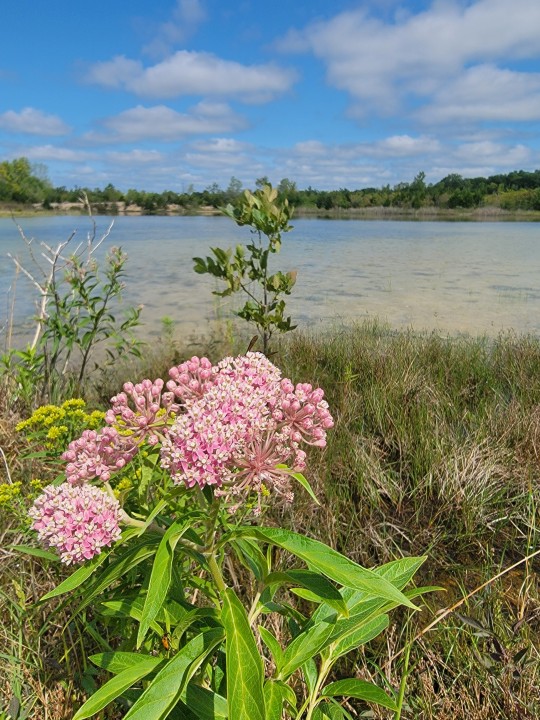
Swamp milkweed, Asclepias incarnata, growing in a marl mound with multiple rushes and sedges reminiscent of ancient river scours in Tennessee and glacial alvar wetlands. Most of the sedges are state listed in Ohio. A balled faced hornet with a few corpuscule (singular corpusculum) attached to the hooks on it's legs is seen getting nectar and pollinating. Its cool to check in on all of you Asclepias incarnata you come to in-situ. It tells you a lot about pollinators present. The other thing that makes this species interesting is further divisions. SSP. incarnata and pulchera respectively as of current are divided into two sections and appear to have a northern/ plains and eastern/ southern dist. The hairy stemmed pulchera(G5) is fairly variable and much more common with conduplicate foliage and dark purple flowers unlike above. The other accepted subsp. is considered G4 and is glaberous with a height reduction in many cases and smaller leaves on average. The real kicker is someone has reported glandular hair in the past and I am curious if a third ssp. even occurs or if it was a missed report.
248 notes
·
View notes
Text
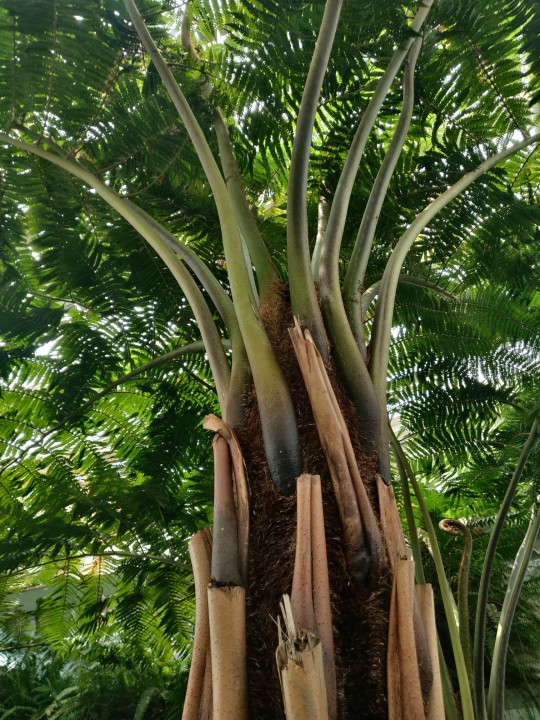
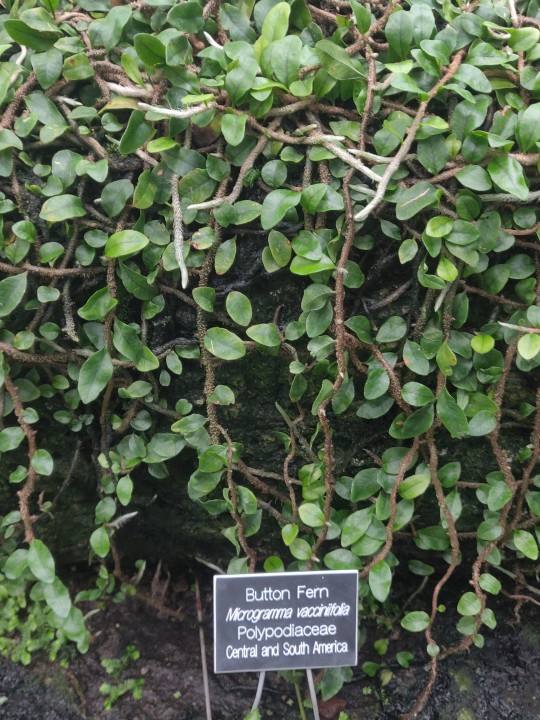
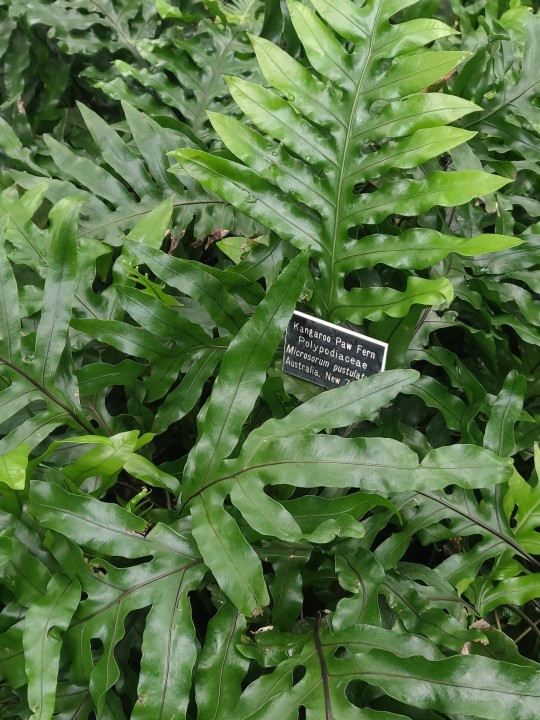
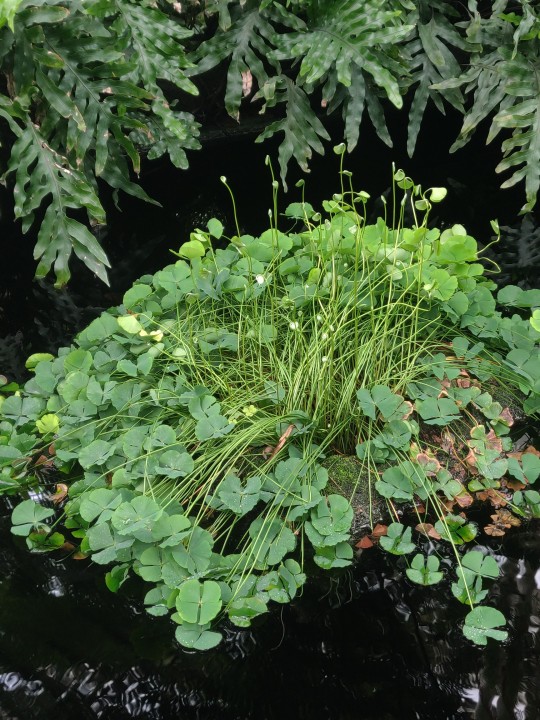
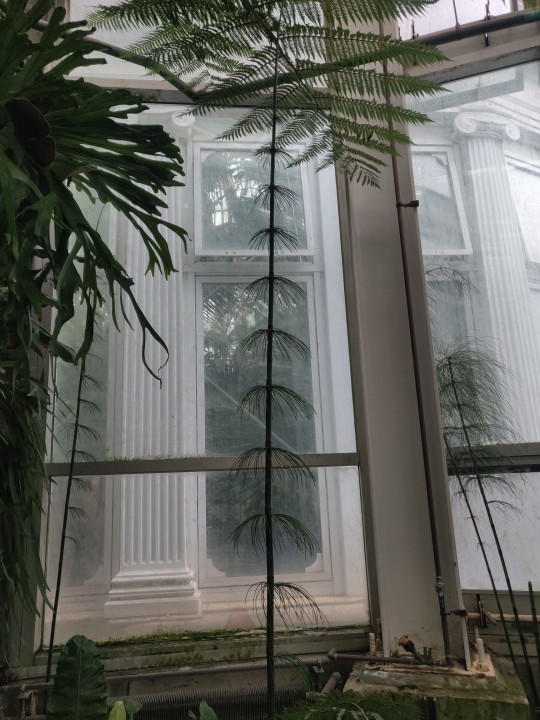
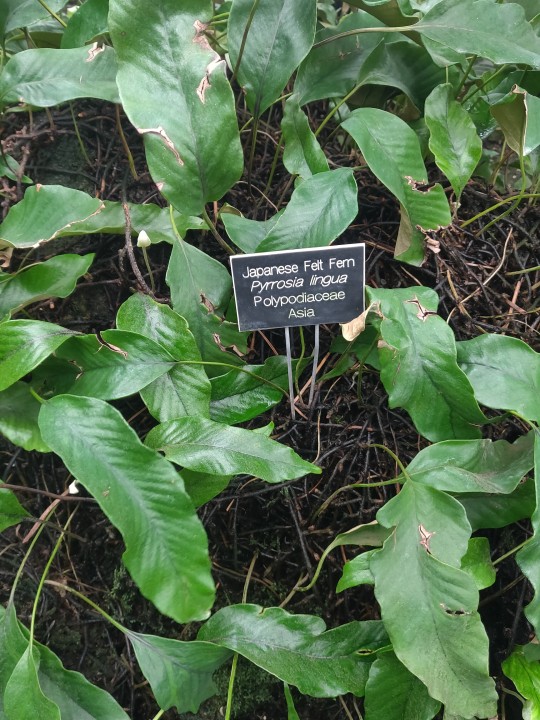
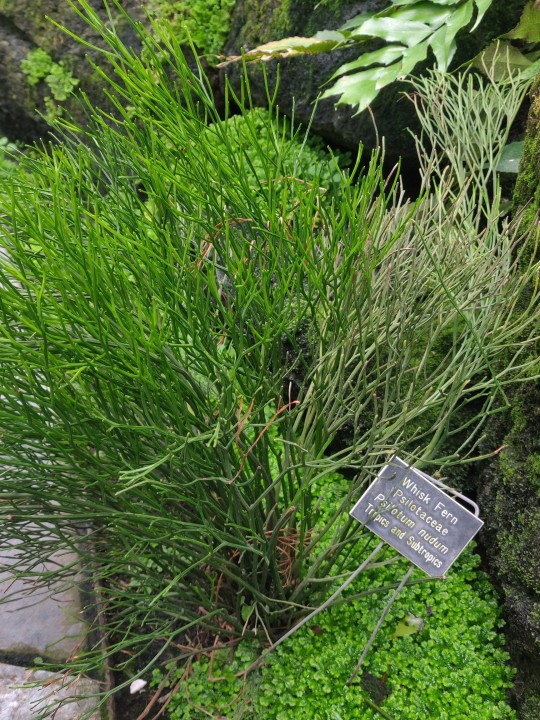
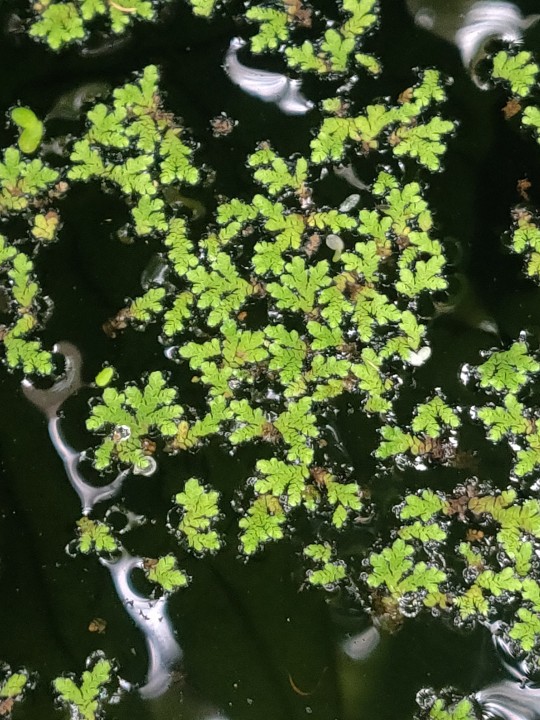
A few of my favorite unique fern species at my job
#ferns#fern#plants#botany#plant biology#biology#plant#mine#conservatory#plant conservatory#nature#nature photography#naturalist#photography#ecology#ecologist
242 notes
·
View notes
Text

I’m in the process of identifying some plant specimens and the biggest thing I’ve learned is that finding keys for my region is incredibly difficult. They’re either free online but pretty limited or very expensive books that would be helpful, but we don’t have money for them. I’ve been working out of Flora of the Pacific Northwest (which doesn’t even technically cover this region but it’s close enough) but the copy we have it from 1996. It’s a really great key but the problem is that a lot of the information is dated which makes cross referencing online a bit difficult. I knew the specimen I was working with might be in the Symphyotrichum genus. However, my key doesn’t have Symphyotrichum! In the photo is a list of different genera names that have historically been associated with Symphyotrichum. It becomes a scavenger hunt of either painstakingly keying my way to the correct genus (in Asteraceae I simply refuse) or cross referencing the index! There are a bunch of other ways to get to the right part of my book such as finding the historical name for the type species etc. but I just think it’s so interesting how much systematics have changed in the last ~30 years due to genotyping! It’s such a cool topic!
#idaho#field work#ecology#fws#marsh#wetland#fall#autumn#botany#dichotomous key#key#book#genotyping#plant biology#biology
19 notes
·
View notes
Text

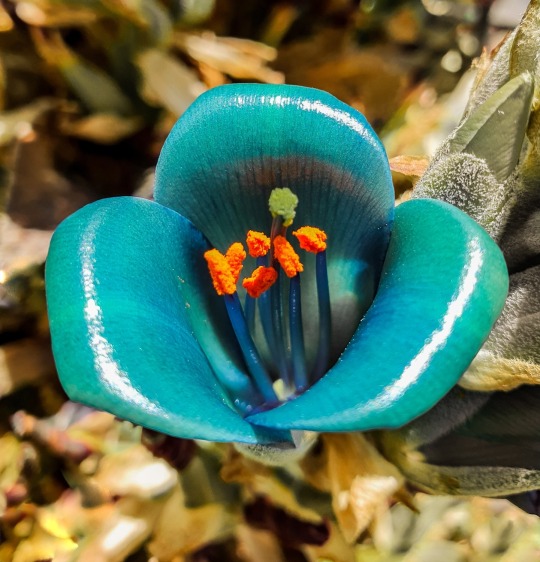
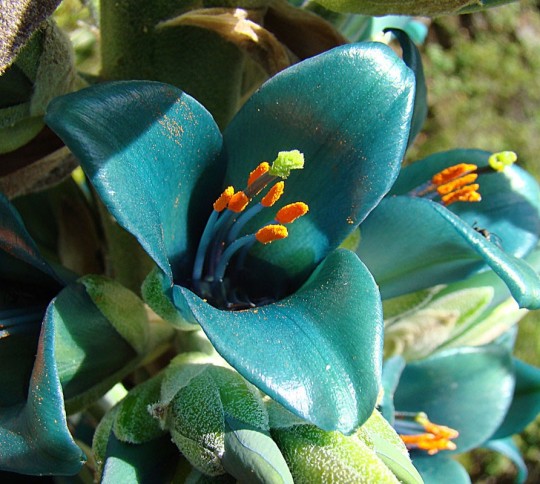


Puya Alpestris aka The Sapphire Tower.
One of the most unique plants in the world.
#nature#photography#beautiful#flowers#rare flowers#unique plants#plant life#earth#wild#horticulture#plant biology#blue flowers#Puya Alpestris#sapphire tower#scenery#gardens#gardening#garden#botanic garden#botany#fleur#fleurs#flora#floral
43 notes
·
View notes
Text

Your summer reading list: Natural History of Vacant Lots - 1987.
#books#reading#vintage illustration#vintage books#book covers#reading lists#summer reading#books and reading#science#nature#science and nature#botany#plants#botanist#fields#lots#plant science#plant biology#phytology#plant sciences#phytologist#pastures
25 notes
·
View notes
Text
Ancient redwoods recover from fire by sprouting 1000-year-old buds
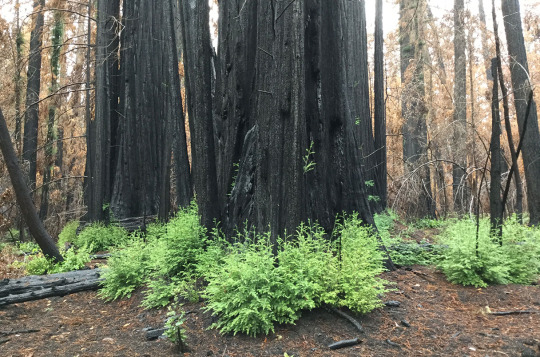
Article | Paywall free
When lightning ignited fires around California’s Big Basin Redwoods State Park north of Santa Cruz in August 2020, the blaze spread quickly. Redwoods naturally resist burning, but this time flames shot through the canopies of 100-meter-tall trees, incinerating the needles. “It was shocking,” says Drew Peltier, a tree ecophysiologist at Northern Arizona University. “It really seemed like most of the trees were going to die.”
Yet many of them lived. In a paper published yesterday in Nature Plants, Peltier and his colleagues help explain why: The charred survivors, despite being defoliated [aka losing all their needles], mobilized long-held energy reserves—sugars that had been made from sunlight decades earlier—and poured them into buds that had been lying dormant under the bark for centuries.
“This is one of those papers that challenges our previous knowledge on tree growth,” says Adrian Rocha, an ecosystem ecologist at the University of Notre Dame. “It is amazing to learn that carbon taken up decades ago can be used to sustain its growth into the future.” The findings suggest redwoods have the tools to cope with catastrophic fires driven by climate change, Rocha says. Still, it’s unclear whether the trees could withstand the regular infernos that might occur under a warmer climate regime.
Mild fires strike coastal redwood forests about every decade. The giant trees resist burning thanks to the bark, up to about 30 centimeters thick at the base, which contains tannic acids that retard flames. Their branches and needles are normally beyond the reach of flames that consume vegetation on the ground. But the fire in 2020 was so intense that even the uppermost branches of many trees burned and their ability to photosynthesize went up in smoke along with their pine needles.
Trees photosynthesize to create sugars and other carbohydrates, which provide the energy they need to grow and repair tissue. Trees do store some of this energy, which they can call on during a drought or after a fire. Still, scientists weren’t sure these reserves would prove enough for the burned trees of Big Basin.
Visiting the forest a few months after the fire, Peltier and his colleagues found fresh growth emerging from blackened trunks. They knew that shorter lived trees can store sugars for several years. Because redwoods can live for more than 2000 years, the researchers wondered whether the trees were drawing on much older energy reserves to grow the sprouts.
Average age is only part of the story. The mix of carbohydrates also contained some carbon that was much older. The way trees store their sugar is like refueling a car, Peltier says. Most of the gasoline was added recently, but the tank never runs completely dry and so a few molecules from the very first fill-up remain. Based on the age and mass of the trees and their normal rate of photosynthesis, Peltier calculated that the redwoods were calling on carbohydrates photosynthesized nearly 6 decades ago—several hundred kilograms’ worth—to help the sprouts grow. “They allow these trees to be really fire-resilient because they have this big pool of old reserves to draw on,” Peltier says.
It's not just the energy reserves that are old. The sprouts were emerging from buds that began forming centuries ago. Redwoods and other tree species create budlike tissue that remains under the bark. Scientists can trace the paths of these buds, like a worm burrowing outward. In samples taken from a large redwood that had fallen after the fire, Peltier and colleagues found that many of the buds, some of which had sprouted, extended back as much as 1000 years. “That was really surprising for me,” Peltier says. “As far as I know, these are the oldest ones that have been documented.”
... “The fact that the reserves used are so old indicates that they took a long time to build up,” says Susan Trumbore, a radiocarbon expert at the Max Planck Institute for Biogeochemistry. “Redwoods are majestic organisms. One cannot help rooting for those resprouts to keep them alive in decades to come.”
-via Science, December 1, 2023
#redwoods#california#wildfire#climate change#extreme heat#natural disasters#botany#plant biology#photosynthesis#santa cruz#hopepunk#sustainability#climate hope#united states#good news#hope
12K notes
·
View notes
Text
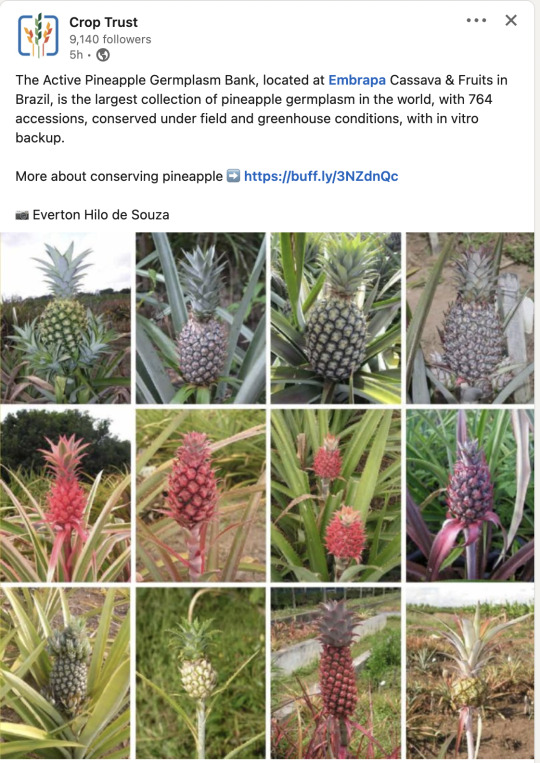
The surprising diversity of Pineapples (Ananas comosus).
The Active Pineapple Germplasm Bank (Pineapple AGB) of Embrapa Cassava & Fruits (Embrapa/ CNPMF) has more than 700 accessions under field conditions. As backups, there are copies kept in a greenhouse, with one or two plants per accession, cultivated in plastic pots with commercial substrate. An in vitro gene bank was established in 2003, and during the past few years, several studies have been carried out to improve the in vitro conservation protocol. Currently, about 60% of the AGB’s accessions are preserved by this protocol. Another conservation strategy used is cryopreservation of shoot tips and pollen grains, with well-defined methods. One of the most significant advances in the pineapple germplasm conservation has been the implementation of a quality control system, which enabled to define standard operation procedures (SOP) towards a more efficient and safer germplasm conservation.
Source:
Vidigal Souza, Fernanda & Souza, Everton & Aud, Fabiana & Costa, Eva & Silva, Paulo & Andrade, Eduardo & Rebouças, Danilo & Andrade, Danilo & Sousa, Andressa & Pugas, Carlos & Rebouças, Érica & França, Beatriz & França, Rivã. (2022). Advances in the conservation of pineapple genetic resources at Embrapa Cassava and Fruits. 28. 28-33.
#katia plant scientist#botany#plant biology#plant science#plants#fruit#pineapple#pineapples#biodiversity#agriculture#conservation#genetic diversity#sustainable agriculture#tropical plants#science#biology
328 notes
·
View notes
Text

i've given up trying to avoid the plant blog allegations...have a meme i made about fasciation
#character arc#sorry i will never be a plant biologist#best i can do is saying i respect arabidopsis#i think the funniest part about this is that the right flower that actually looks like the average fan guy is the enjoyer#botany#plant biology#plant genetics#i guess kinda#biology#flowers#biology meme#acamemeia#science meme
67 notes
·
View notes
Note
But What if Im really Interested in Biology and I am Innocently Curious About the Detailed Mechanisms of Spring's Effect In Plants? I Would Like to Know more. Just Curiousity
– "anon"
it's a bit of an! Adult subject!! I've never had to explain it before! But! Erm!! I guess I can try!!
So erm!! Plant mating is USUALLY like this!! When! A male plant gets. .In the mood. He. Will excrete this thing called pollen. From the anther of hhis stamen. Which. The pollen. Usually. Will. Travel through the air. And. When it touches. The. Erm. The stigma. Which is the top part of the pistil. Of an aroused female plant. The pollen will. Go. Inside of her. And it'll.. im.pregnate th.e girl llant. And the girl plant will. Drop a seed or something. Which plants itself into the dirt and then in a few weeks a baby object will be born.
Um. That's. Traditional plant. Mating. Habits
Theres other ways. That don't involve pollen. But. Wwwwe don't need to get into that right now!!
#Girlie is blushing so hard right now she might pass out /silly#/ooc in tags#bfdi leafy#ask#leafy answers#roleplay#Science#Biology#Plants#plant biology#plant science#botany
24 notes
·
View notes
Text
youtube
#minute earth#plant biology#plant behavior#light percepion#proper closed captions#cartoon eyes#life on earth#wild!#Youtube
12 notes
·
View notes